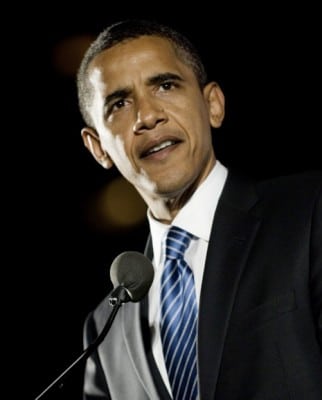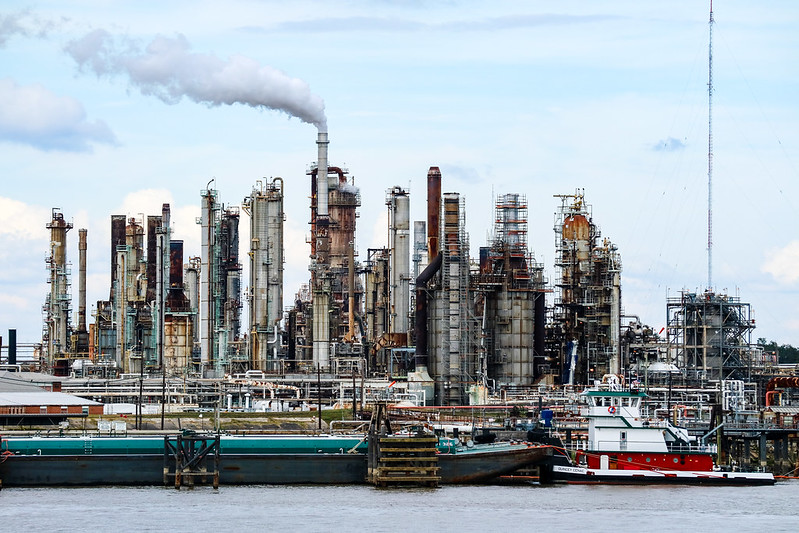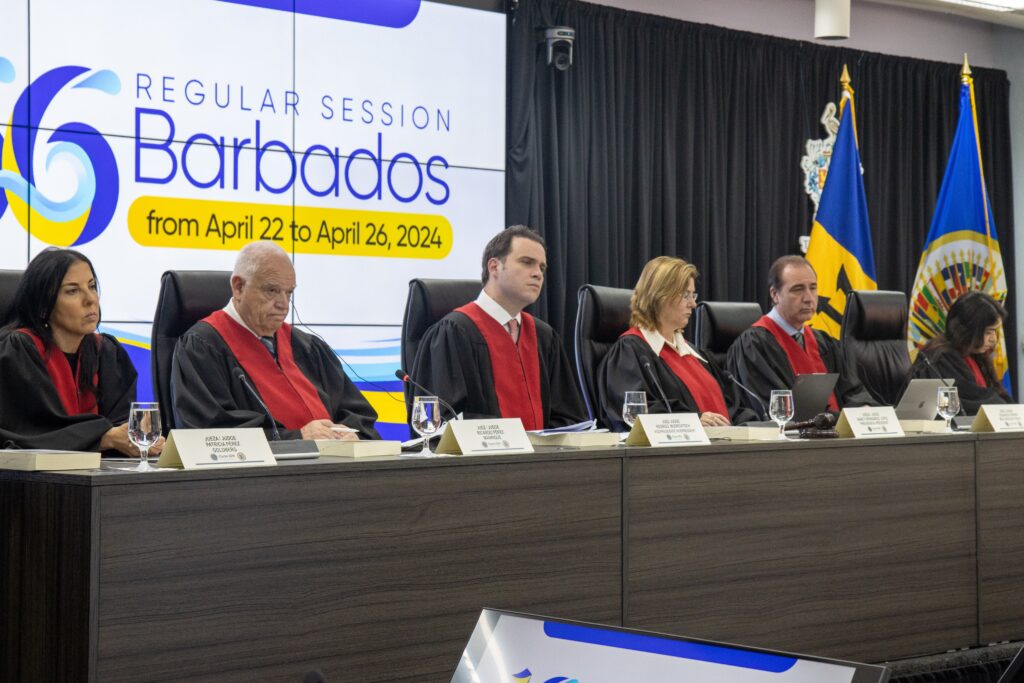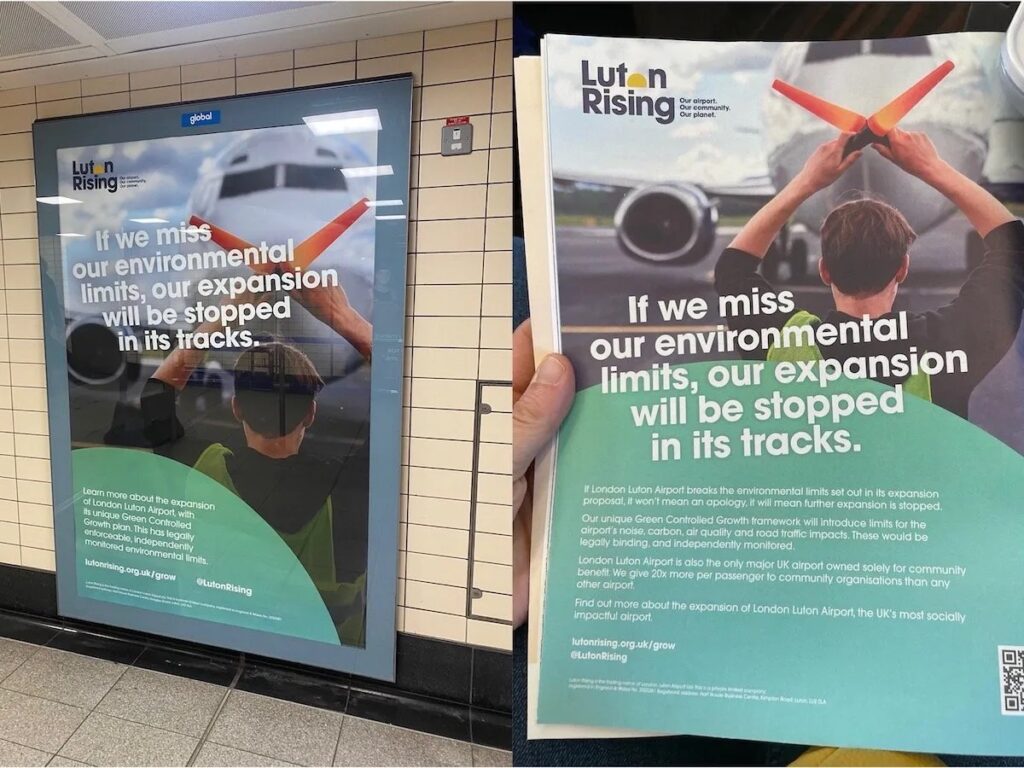Just how ambitious will Barack Obama’s clean energy package be? During the campaign, he pledged to invest $150 billion in new projects over the next decade and create 5 million well-paying green-collar jobs.
While there was some trepidation about whether Obama, facing an ever-worsening economic crisis, would keep his word, the release of the long-awaited $825 billion American Recovery and Reinvestment Bill of 2009 last week seems to have quelled most doubts.
To no one’s surprise, a large chunk of the stimulus – over $90 billion – will go to funding “shovel-ready” transportation and public infrastructure projects.
Thirty-two billion dollars will be used to create a “smart electricity grid” to cut waste, and over $20 billion will be devoted to renewable energy tax cuts and credits for research and development on energy efficiency and energy conservation.
In keeping with its promise to alleviate the housing downturn, the Obama administration will also spend $13 billion on retrofitting and building more energy efficient public housing projects; $6 billion will also be spent on the weatherization of middle class homes. The Obama economic team hopes that infrastructure spending alone will help generate 1 million new jobs.
The bill allocates $13.3 billion in new spending on federal research and development, with the Department of Energy (DOE) one of the prime beneficiaries. The department will receive $2 billion for its renewable energy and energy conservation programs and several billion more for weatherization, loan guarantee, and clean energy demonstration projects. Other government agencies, including the National Oceanic and Atmospheric Administration (NOAA) and Environmental Protection Agency (EPA), will receive over a billion to fund habitat restoration work and new climate research programs.
Though the bill may not remain in this form after going through the congressional wringer, this draft represents a bold first step for an administration that has promised to integrate the environment into economic planning instead of shunting it aside as did the previous administration. More ill economic winds and fierce congressional opposition could yet scupper, or force him to water down, parts of his package (especially if he insists on getting it enacted within the next month), but, for the moment, he has shown no signs of backing down.
Having said that, there are several elements of his proposed stimulus that leave much to be desired – and that could signal weakness ahead if not dealt with. For one thing, the bill prioritizes spending on roads and highways over spending on new rail and public transit projects. Your view of America’s bloated car culture need not be as sanguine as James Howard Kunstler’s to realize that, in its present form, it is fundamentally unsustainable.
It therefore makes little sense to invest $30 billion in new highways but only $10 billion in public transit; aside from making the necessary investments to renovate or otherwise maintain existing highway and road infrastructure (so as to avoid another disastrous Minneapolis-like bridge collapse), the government should be funneling most of the funds to local and regional transit agencies – many of which have been hit hard by the economic downturn and are in desperate need of assistance.
Another point of contention is the limited amount of funding the bill provides for clean energy companies. Smart grid startups and those that focus on energy efficiency and weatherization stand to gain from billions in new spending, but solar, wind and other renewable energy startups will have trouble weathering the crisis.
With once plentiful private equity and venture capital funding quickly drying up, these companies are struggling to find the billions they need to finish building new pilot and commercial-scale plants. Even many of the largest startups are struggling now, with several announcing layoffs in recent weeks. If these are the types of green-collar jobs that the Obama administration wants to create, it will have to do much more to provide financial assistance.
Since many of the technologies these companies are developing won’t reach commercial-scale production until at least a few years from now, you could argue that the billions would be better spent on green infrastructure or more incremental, but existing, technologies like smart grids. However, if the Obama administration wants the United States to wean itself off fossil fuels and remain competitive in the global clean technology market, it should ensure that the country’s most promising startups not succumb to the crunch.
So while there is much to like about this first version of the bill, there is certainly much that could be improved upon. One of the primary concerns raised by critics is that the Obama administration, in its haste to get the economy back on its feet, could rush into spending on these “shovel-ready” infrastructure projects, resulting in both waste and inefficiencies. While I can sympathize with the argument, I believe most of these fears are wildly overblown.
Though I have no reason to doubt the Obama economic team’s competency (as of yet), I would hope they focus more on “smart” infrastructure projects – the ones that will help lay the groundwork for Obama’s much touted “clean energy economy” and create millions of new, well-paying jobs – than boilerplate road and highway projects. If the new president intends to make good on his lofty rhetoric, nothing less than a complete overhaul of our existing energy and transportation infrastructures will be needed.
This month we’re giving away FREE copies Coming Clean: Breaking America’s Addiction to Oil and Coal.
Go here to find out more details about DeSmogBlog’s monthly book give-away.
Subscribe to our newsletter
Stay up to date with DeSmog news and alerts






